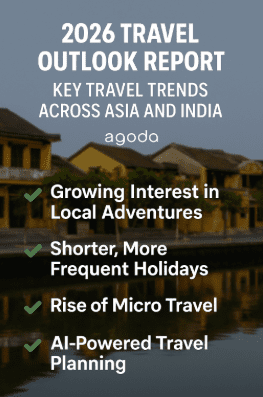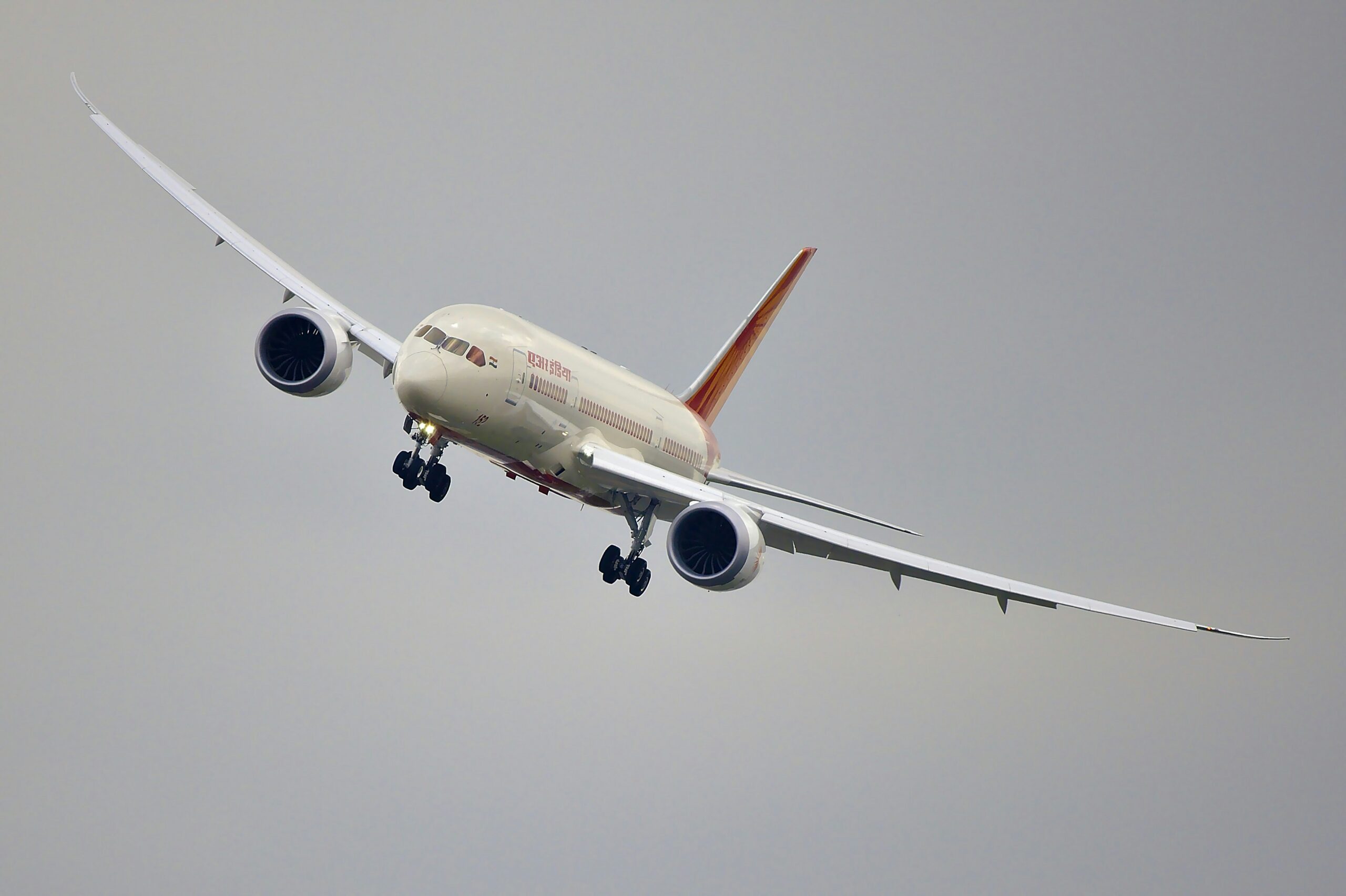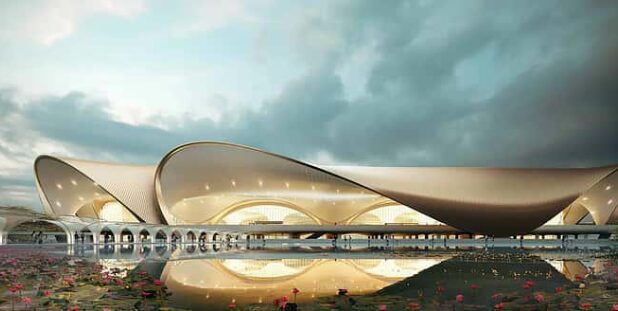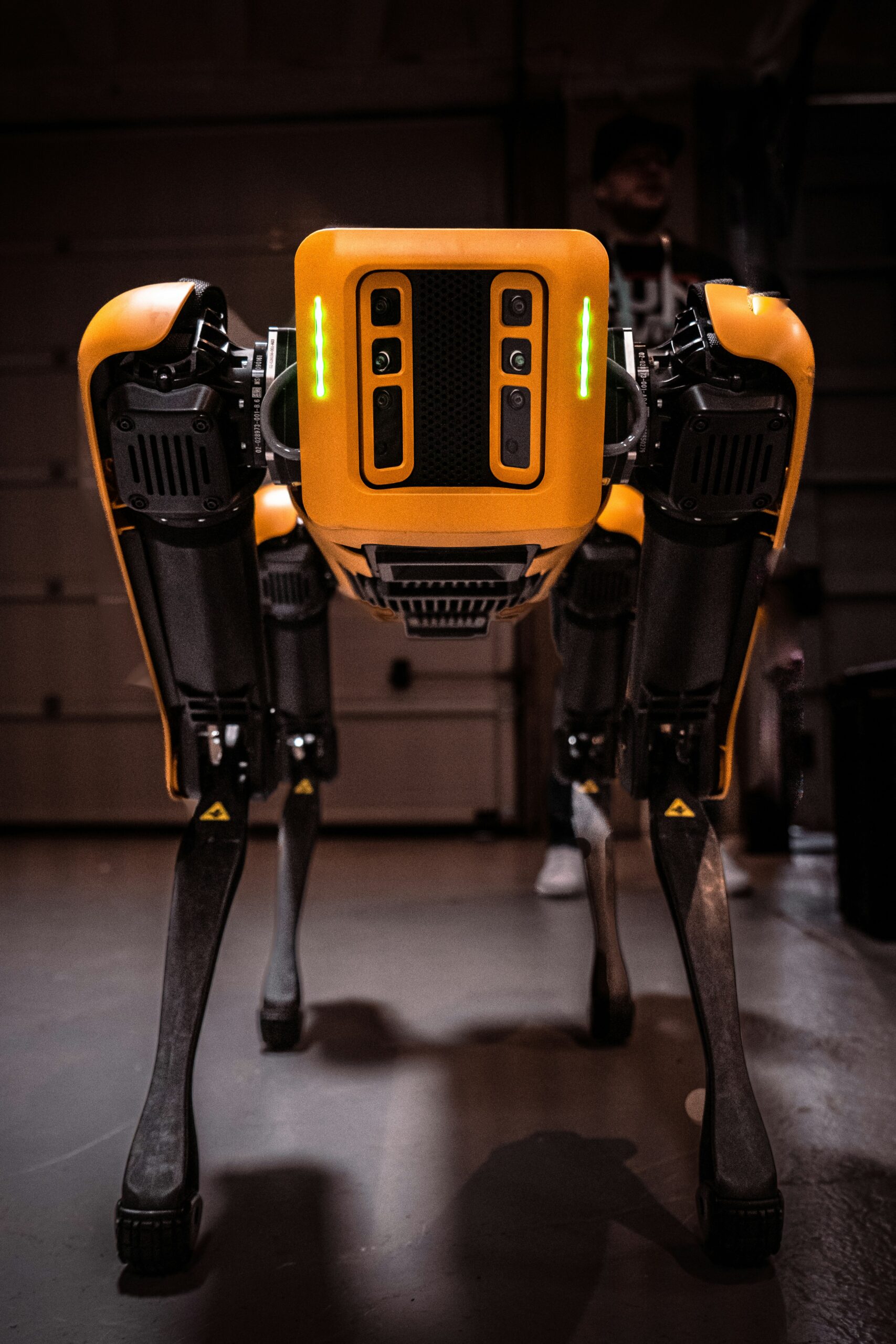Kawasaki Unveils CORLEO: The Four-Legged Robot of the Future
Updated on April 7, 2025
Kawasaki has taken a bold step into the future with the reveal of its 2050 concept robot – CORLEO, a four-legged robotic platform designed to rethink mobility, utility, and human-machine collaboration. Unlike traditional industrial bots or humanoid assistants, CORLEO walks on four legs, hinting at a future where robots are more adaptable, mobile, and integrated into real-world terrain.
This futuristic robot concept was recently showcased, capturing attention across the tech and robotics communities. Let’s dive into what makes Kawasaki CORLEO such a groundbreaking concept and why it could shape the future of robotics.
What is Kawasaki CORLEO?
CORLEO is not just another robot; it’s Kawasaki’s vision for robotics in the year 2050. The name is derived from “Cognitive Robot with Legs for Efficient Operations,” reflecting its dual focus on intelligent autonomy and practical, terrain-capable movement.
CORLEO is designed with four dynamic legs, making it resemble robotic creatures like Boston Dynamics’ Spot — but with Kawasaki’s unique industrial DNA and a deeper focus on future utility. Whether it’s navigating challenging terrain, carrying payloads, or collaborating with humans, CORLEO is built for high-functioning adaptability.
Why a Four-Legged Robot?
Kawasaki’s move toward quadruped robotics signifies a major shift from static arms and wheeled bots to mobility-focused robots. Legs provide greater versatility in uneven environments — warehouses, construction sites, disaster zones, or even outdoors.
Key Advantages of Four-Legged Design:
- Mobility over rough terrain
- Stability while carrying loads
- Flexible body positioning
- Safe navigation around humans
By giving CORLEO four legs, Kawasaki is pushing for robots that can do more than just repeat factory tasks — they can roam, assist, and adapt.
Key Features of Kawasaki CORLEO
While full specifications are still under wraps (being a concept for 2050), Kawasaki has shared enough to get the robotics world excited:
1. AI-Powered Autonomy
CORLEO is expected to be powered by next-gen artificial intelligence, enabling it to perceive, learn, and adapt to its environment in real time. This includes obstacle avoidance, terrain mapping, and task optimization.
2. Human-Robot Collaboration
Built with collaborative robotics (cobotics) in mind, CORLEO will safely work alongside humans. Its sensors detect proximity and adjust behavior instantly, minimizing collision risks and enabling hands-free teamwork.
3. Modular Payload Capabilities
CORLEO may feature modular attachments for industrial, logistics, or medical use. This flexibility allows it to shift roles — from carrying tools on construction sites to delivering supplies in remote areas.
4. Energy-Efficient Locomotion
Walking robots traditionally consume more power, but Kawasaki aims to change that with energy-efficient gait technology and potentially smart battery management systems, making CORLEO future-proof and sustainable.
Possible Applications of CORLEO
Kawasaki’s concept points toward a multi-industry future where CORLEO could become an indispensable helper:
- Construction & Infrastructure: Navigating active sites, carrying tools, assisting workers.
- Disaster Relief: Reaching inaccessible zones, carrying supplies or rescue equipment.
- Healthcare Support: Delivering medical items in hospitals or remote clinics.
- Logistics & Warehousing: Assisting with picking and transporting items in dynamic spaces.
- Security & Surveillance: Patrolling grounds with advanced sensors and real-time monitoring.
The potential for CORLEO is massive — especially as industries look for smarter, more mobile robotic solutions.
How CORLEO Redefines the Future of Robotics
Kawasaki is not just building a robot — it’s creating a vision for 2050, where robots like CORLEO are autonomous partners, not just tools. The idea is to bridge the gap between robotics and real-world adaptability, turning science fiction into reality.
CORLEO is expected to:
- Transform how industries use robotics
- Enhance human safety in hazardous tasks
- Push boundaries of AI + mobility integration
- Open new robotic applications in unpredictable environments
Final Thoughts
With CORLEO, Kawasaki envisions a future where robots walk, think, and assist with unmatched precision and flexibility. As a 2050 concept, CORLEO gives us a glimpse of what’s coming — robotic companions that don’t just automate, but actively participate in daily life and critical tasks.
Though still a concept, CORLEO sets the tone for the next era of robotics. With Kawasaki’s legacy in industrial innovation, it’s only a matter of time before this four-legged robot goes from vision to reality.
A passionate explorer and storyteller at heart, the author of TrendyTravelNews.com brings you the latest travel trends, destination guides, and insider tips from around the globe. From hidden gems to headline destinations, they’re on a mission to make your travel experiences smarter, richer, and more memorable.
Read Next
Discover more from Trendytravelnews
Subscribe to get the latest posts sent to your email.










